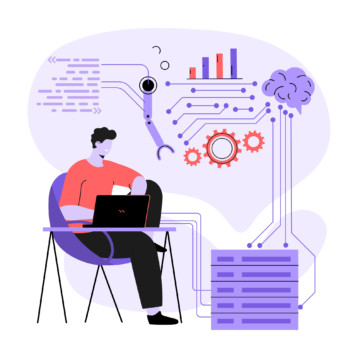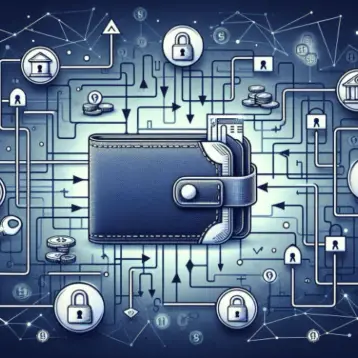As businesses increasingly rely on Software-as-a-Service (SaaS) solutions to streamline operations, it becomes crucial to prioritize the security of sensitive data stored in the cloud. Organizations must take proactive steps to fortify their SaaS security and safeguard against potential vulnerabilities.
Here are five essential strategies to bolster SaaS security and protect your valuable information:
1. Close critical configuration gaps
One of the primary vulnerabilities in SaaS security arises from misconfigurations. To mitigate this risk, start by thoroughly assessing and addressing critical configuration gaps in your SaaS applications. This involves examining access controls, authentication mechanisms, and permission settings.
Regularly audit your configurations and ensure that security best practices, such as strong passwords, multi-factor authentication, and least privilege access, are implemented. Additionally, promptly patch any security vulnerabilities in your SaaS applications to stay ahead of potential threats.
2. Reduce and streamline your SaaS stack
While it can be tempting to incorporate numerous SaaS applications into your technology ecosystem, continued procurement can easily lead to SaaS sprawl. The problem with this is that each new addition introduces potential security risks, while unmanaged applications won’t have been adequately vetted for use or secure in transferring data between different applications.

Streamline your SaaS stack by carefully evaluating the necessity and security posture of each application. Consolidating your SaaS solutions not only simplifies management but also reduces the attack surface, making it easier to implement robust security measures. Choose reputable vendors with a strong track record in security and privacy to ensure that your data is in safe hands.
3. Implement stricter access rules
Controlling access to your SaaS applications is a fundamental aspect of bolstering security. Start by enforcing strong password policies, encouraging employees to use unique, complex passwords and regularly update them. Additionally, consider implementing multi-factor authentication (MFA) to provide an additional layer of protection.
Role-based access control (RBAC) should be leveraged to grant appropriate privileges to users based on their roles and responsibilities. Regularly review and revoke access for former employees or those who no longer require it to prevent unauthorized access.
4. Consider CASB tools
To enhance your SaaS security posture, consider adopting cloud access security broker (CASB) tools. CASBs act as intermediaries between users and cloud service providers, offering an added layer of security and control.
These tools provide visibility into SaaS usage, enforce data loss prevention (DLP) policies, and offer real-time threat detection and remediation capabilities. CASBs can also help enforce encryption and authentication standards across multiple SaaS applications, ensuring consistent security practices throughout your organization.
5. Encrypt all data
Encrypting data is a critical step in safeguarding it from unauthorized access, both during transit and at rest. Encryption ensures that even if data is intercepted or breached, it remains unreadable without the corresponding decryption keys.
It is possible to employ robust encryption algorithms to protect sensitive information within your SaaS applications. Many SaaS providers offer built-in encryption options, but it is essential to understand the encryption mechanisms employed and verify their compliance with industry standards. Additionally, consider encrypting data backups and implementing end-to-end encryption for data transferred between your organization and the SaaS provider.
In an era of increasing cyber threats, bolstering SaaS security is of paramount importance to protect sensitive data stored in the cloud. By closing critical configuration gaps, reducing your SaaS stack, implementing stricter access rules, considering CASB tools, and encrypting all data, organizations can significantly enhance their security posture. Investing in robust security measures ensures that your valuable information remains safe and your business can operate with confidence in the SaaS environment.










